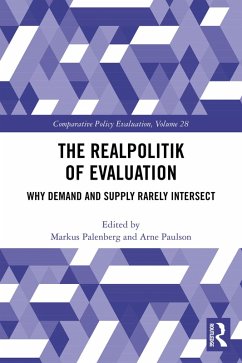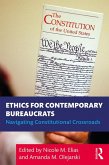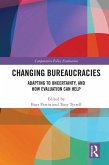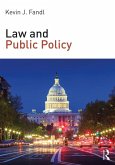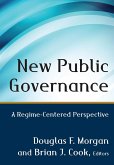Examining these questions from both the demand and the supply side, experts describe ten different global examples of the gap between demand and supply of evaluation information in different contexts. In an attempt to bridge that gap, they effectively reveal the biases behind supposedly sources of evaluation information and highlight the pros and cons of attempts to bridge the gap through the use of third parties, enhanced stakeholder involvement, and the incorporation of social science models to strengthen Theories of Change (ToC).
The Realpolitik of Evaluation is an important book that poses questions at multiple levels of thinking. It will be of great interest to policymakers, program implementers, and project managers.
Dieser Download kann aus rechtlichen Gründen nur mit Rechnungsadresse in A, B, BG, CY, CZ, D, DK, EW, E, FIN, F, GR, HR, H, IRL, I, LT, L, LR, M, NL, PL, P, R, S, SLO, SK ausgeliefert werden.

